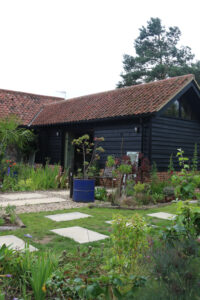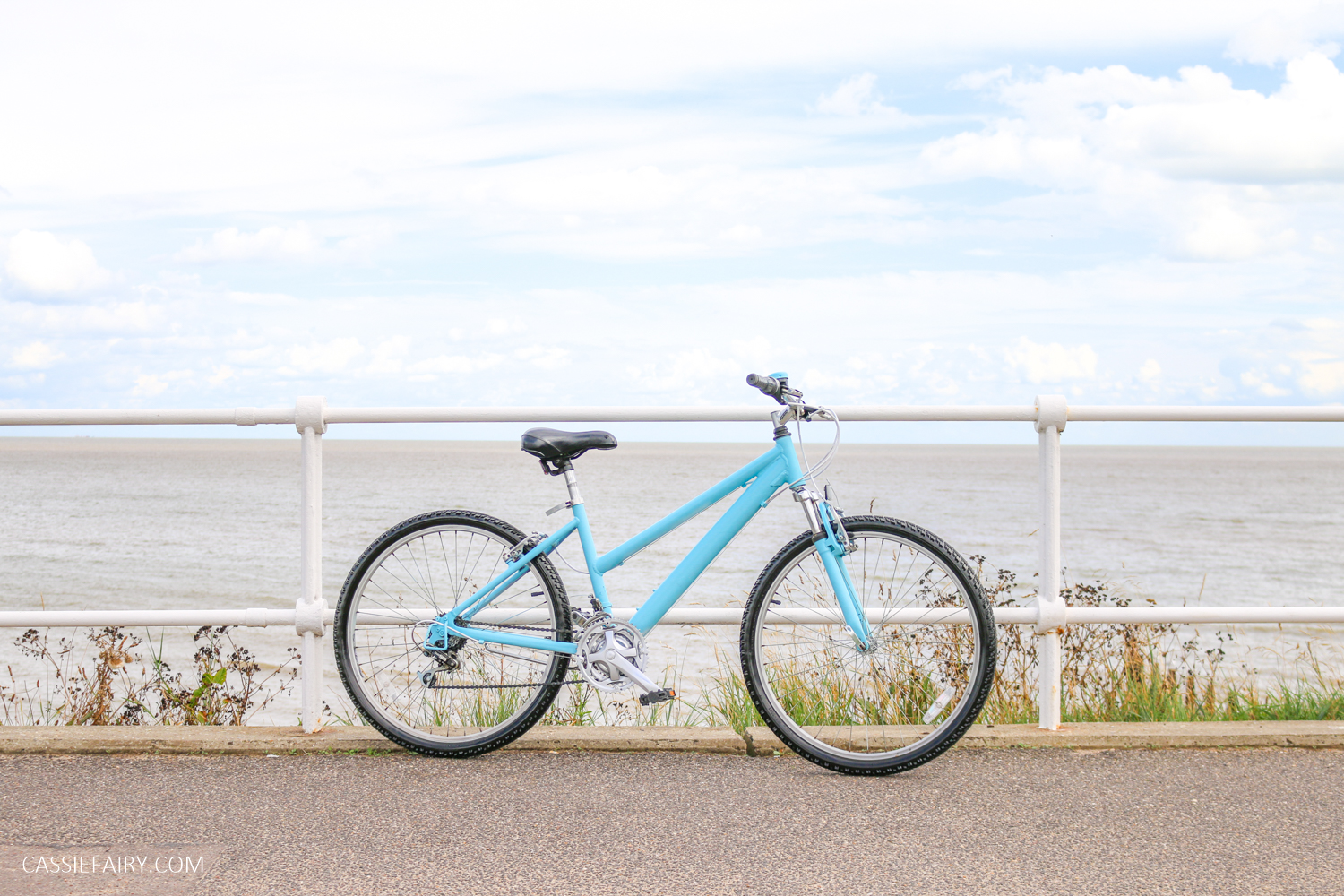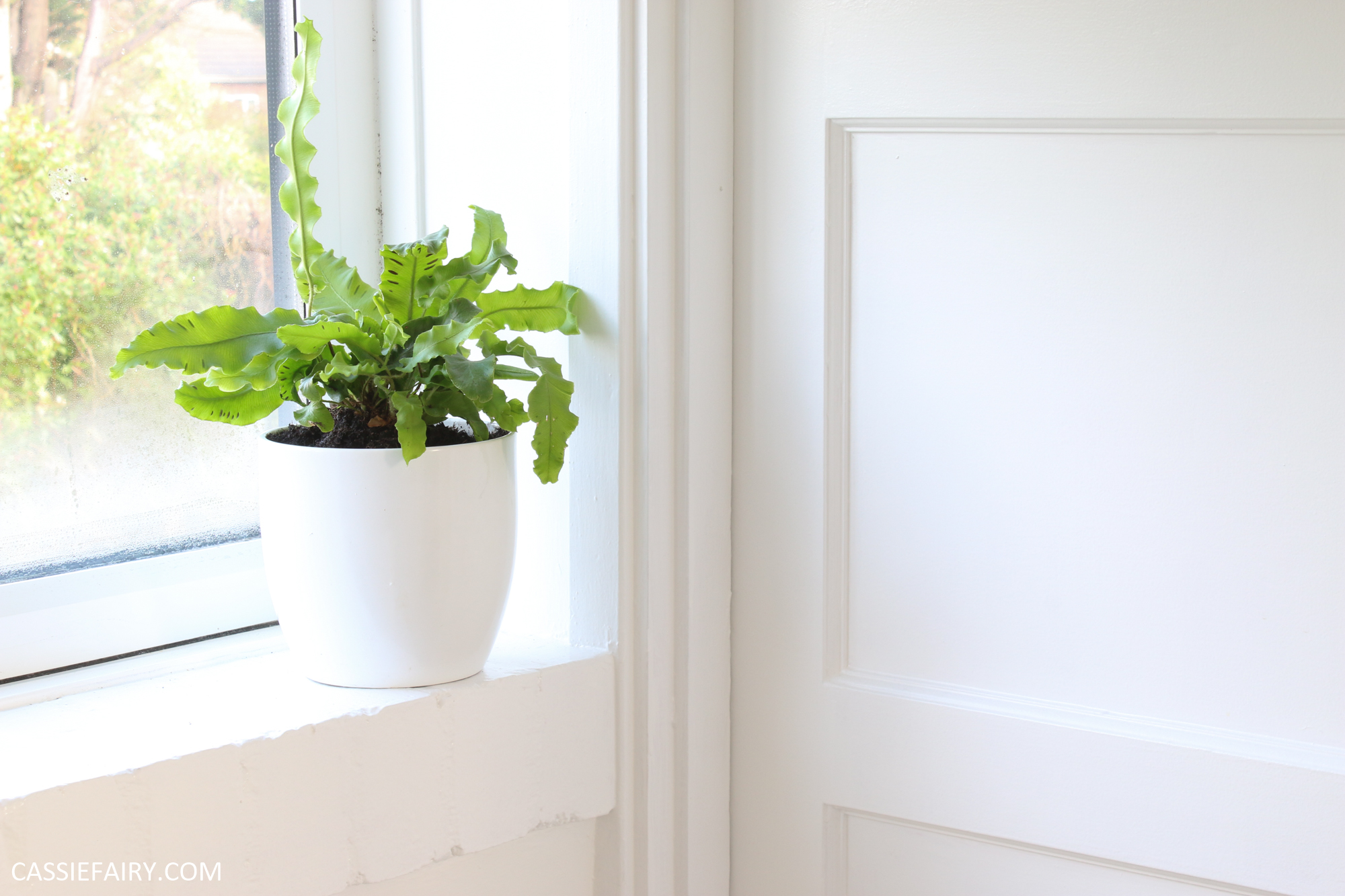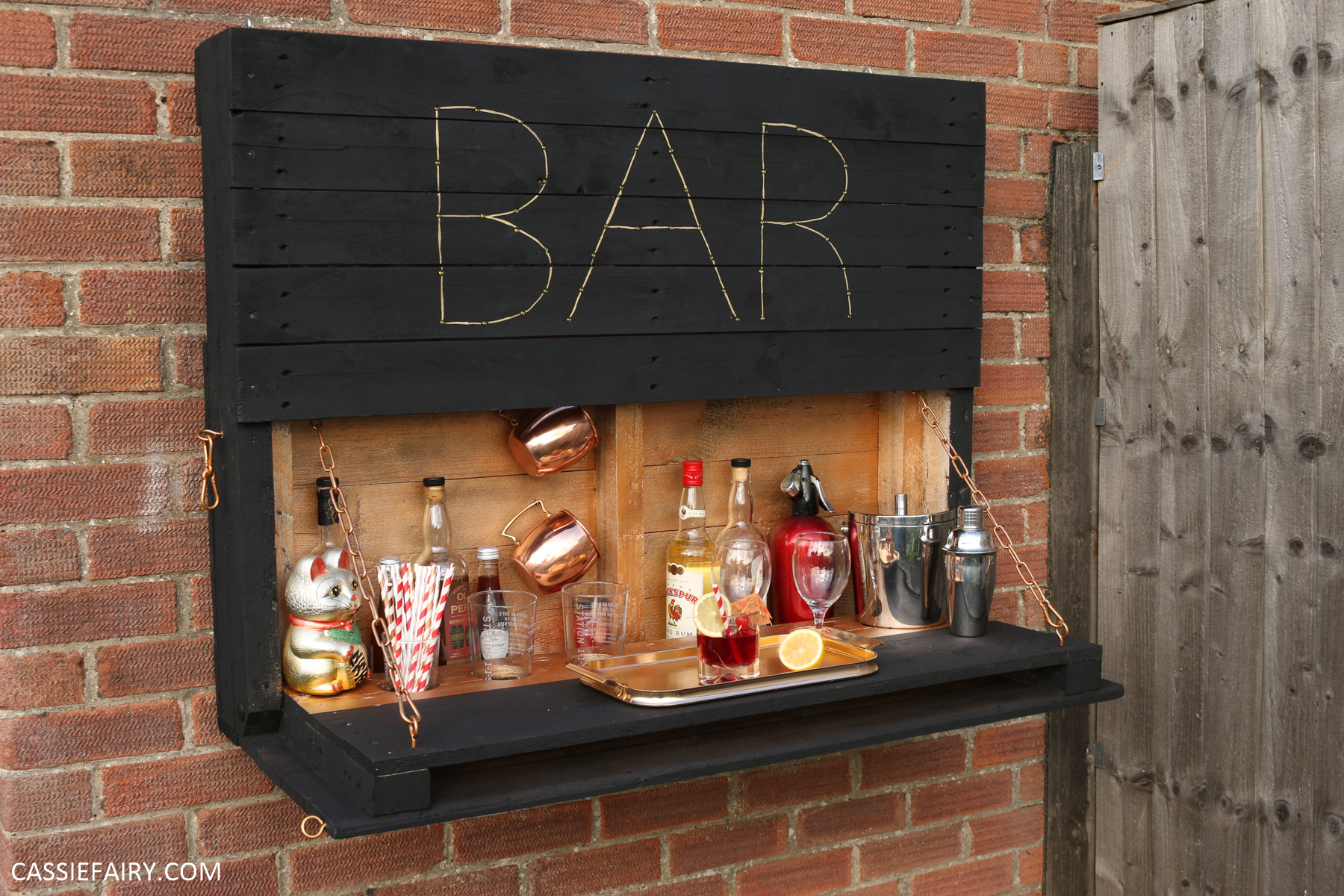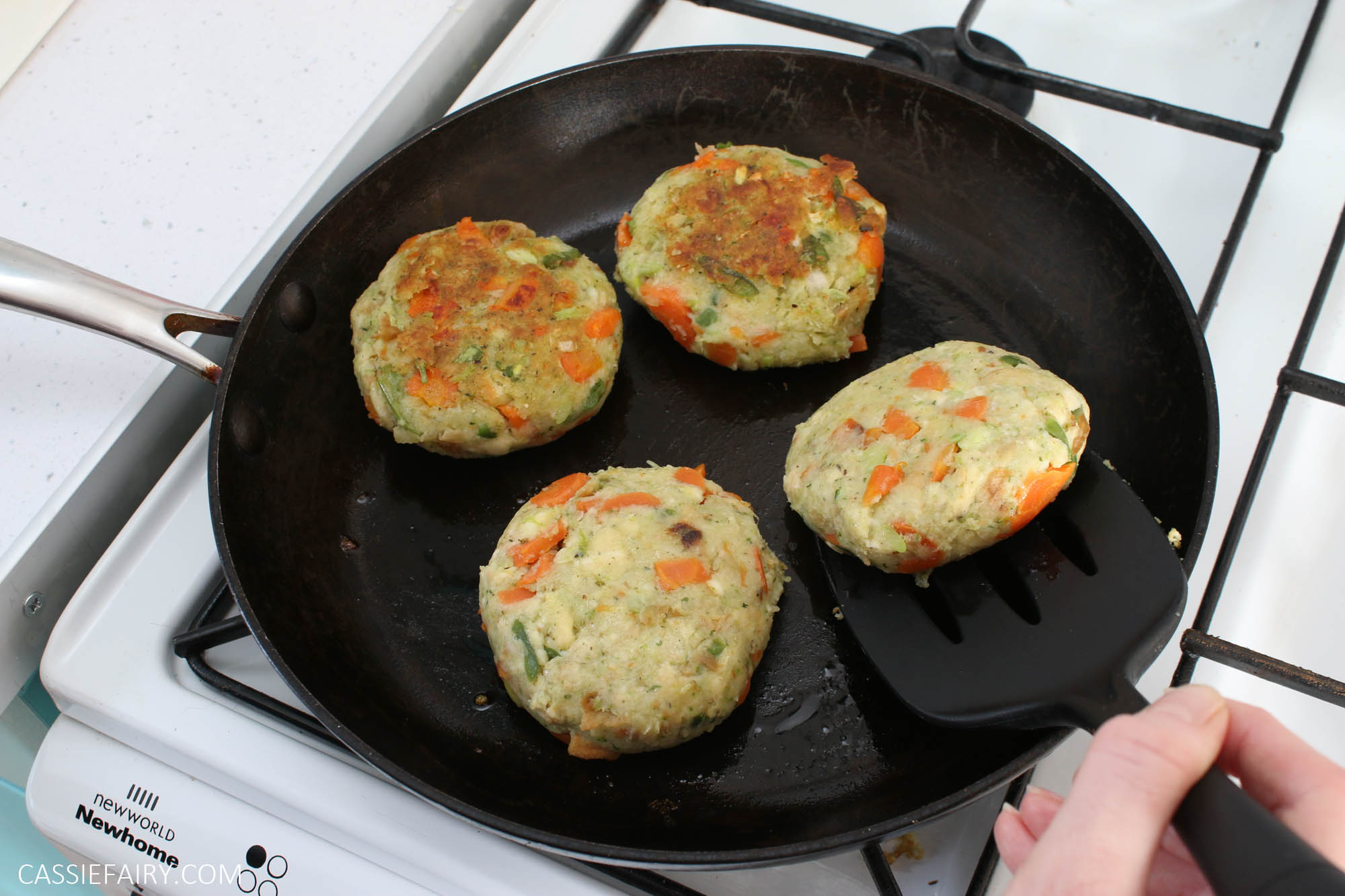I love having a garden – not that I’ve done much with it yet – but at least the potential is there. In my previous home, the garden became an extra room of the house, with a patio ‘dining room’ and a kitchen garden veggie plot. So, for me, a well-maintained garden is an essential part of any home; it not only adds value to your property, it also provides valuable extra space to your home.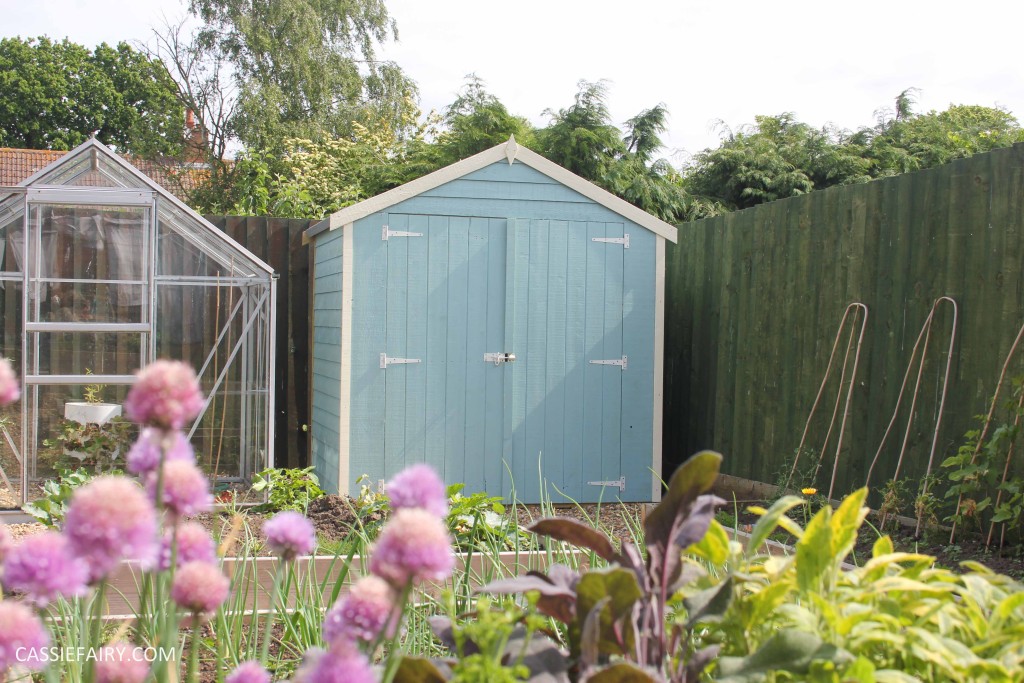
Unfortunately for us, in the 21st century gardens are becoming smaller and smaller. For some this is ideal, but for others it can be a total nightmare. Between 1982 and 2013, the average British garden shrunk from 168 m2 to 163.2 m2. That’s not all – it is estimated that two million homes in Britain don’t have a garden at all and, by 2020, 10.5% of all homes will not have a garden. Explaining these changes in today’s guest post is retailer of hanging baskets Suttons Seeds.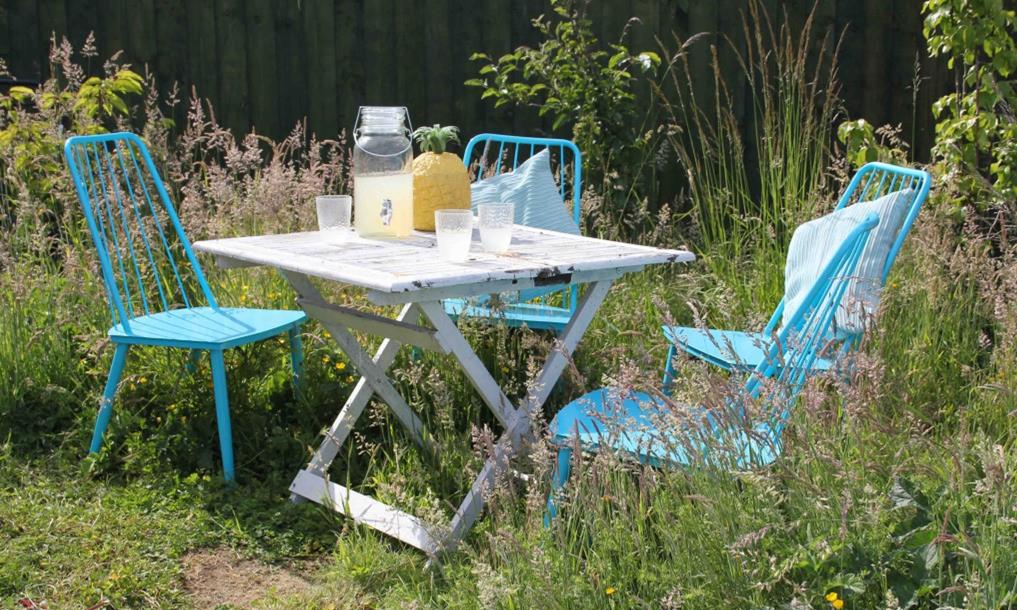
Indoor gardens are the way forward
Indoor gardens are becoming more common in modern housing as homeowners try to make the most out of what they have. Smaller houses, alongside an increased renting population, has meant that part of a garden, or all of it, has become a feature within the home itself.
A new trend is urban gardening and micro living, which is being prompted by indoor cultivators and encourages people to grow indoors. As well as this trend, low-maintenance plants such as cacti are now growing in numbers. This is because they are low-maintenance plants that live in the home without many requirements.
Suggested by research conducted by Mintel, 52% of home-owners claim that they now use houseplants to counter pollution levels within the home, so moving your garden indoors can be very beneficial. It is influenced by an increased awareness of climate change and the Paris Climate Summit, and contemporary interior design inspirations such as Chinese Feng Shui.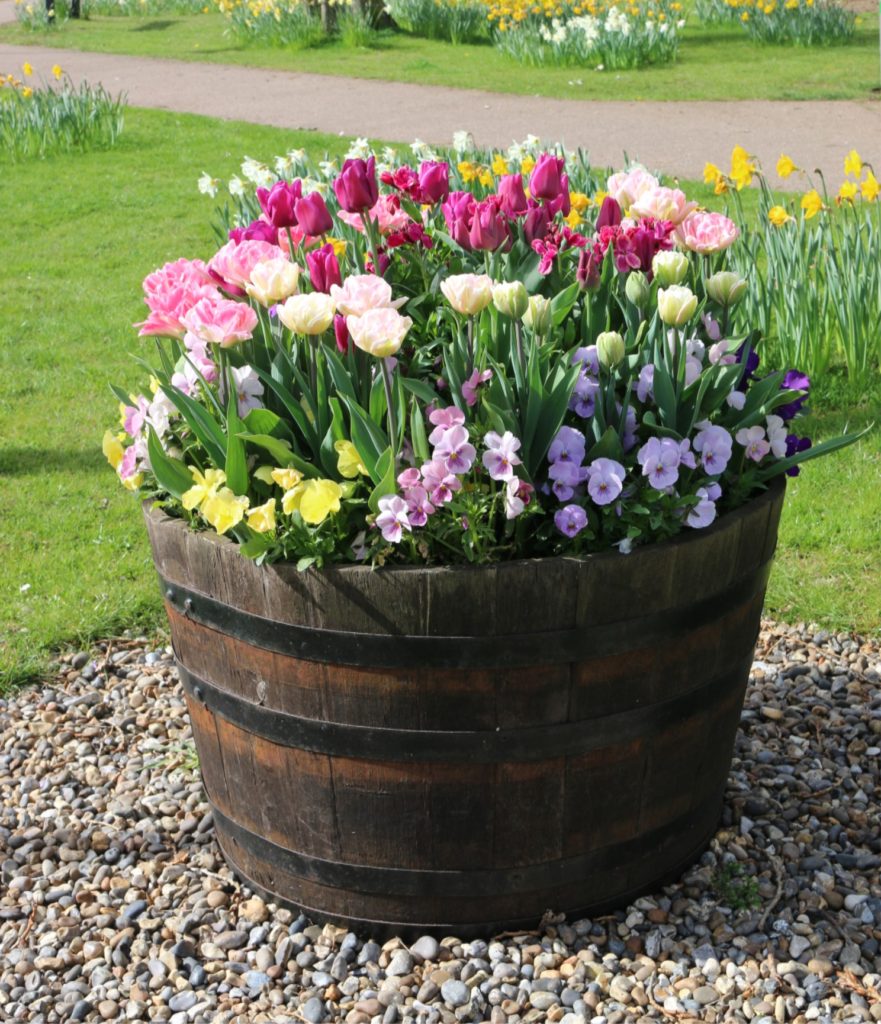
Imported plants
Weather can be a problem when having plants, especially in countries like the UK. It is very unpredictable. In the future, gardeners aim to use long-flowering plants that are more durable. As plots shrink, cheaper container-grown flowers will be used to maximise both space within the garden, as well as cost efficiency. However, plants that are imported from foreign countries are becoming more expensive since the EU referendum in June 2016. The cause of this is because sterling has fallen 20% against the euro and the dollar.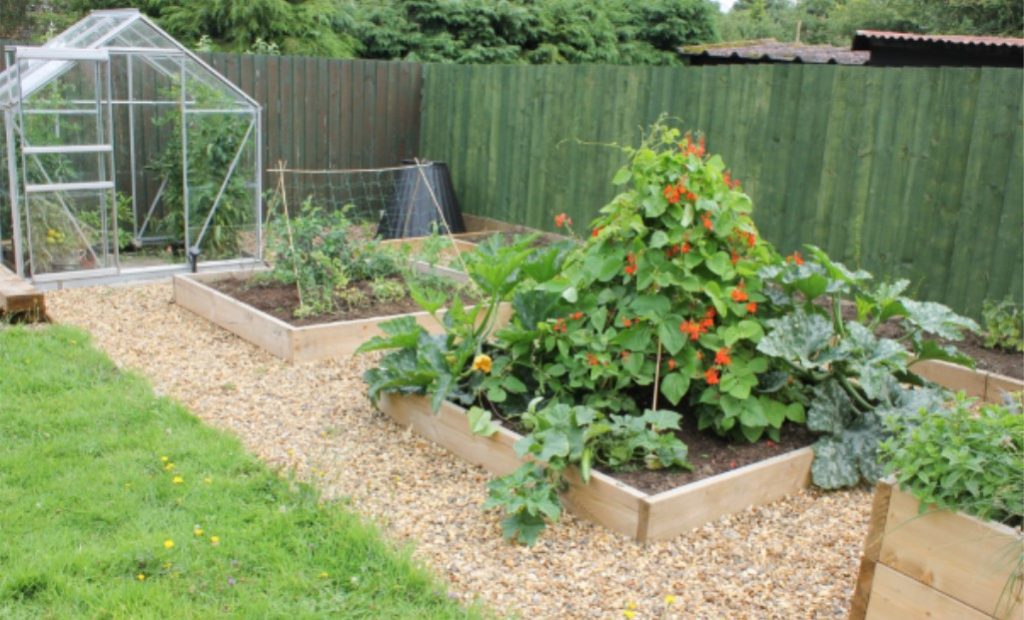
Gardening with intent and knowledge
Growing with knowledge of plants does encourage a more mindful approach when gardening and allows you to make it the best that it can be and make the right decisions that are viable to you. Growing old and underused varieties of vegetables, such as turnips, are also part of this trend.
Britain has the smallest average size of new built homes in Europe (76 sq m) and this means that less groceries are stored in vital cupboard spaces. Using your garden to its full potential and growing fruit and vegetables in your garden that can stay there until they need to be eaten can act as a solution to this problem.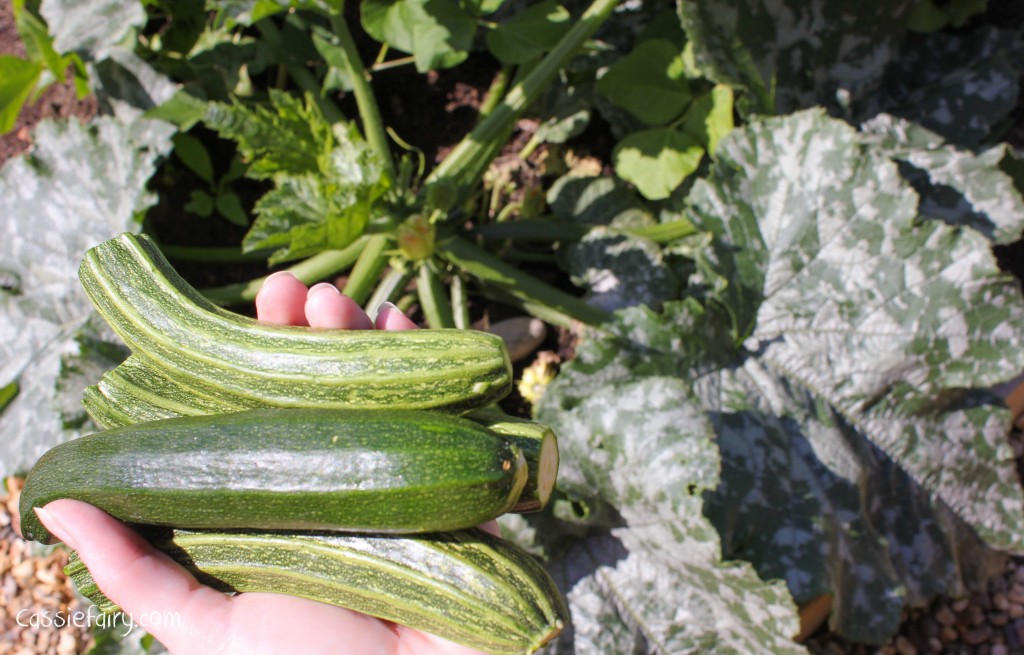
The iPad Generation: Moving from flat to house
Rented accommodation is becoming more popular and many people will have lived in a flat before owning their own home with a garden. Those living in rented spaces that only have access to a communal garden spend 40-57% less than homeowners on gardening. Furthermore, the total amount of those owning a garden has fell from 80% to 77%, which means there is a gap in knowledge where gardening is concerned with younger home owners.
Going back to basics in the garden will be helpful for those who move from a flat to a home with a small garden as the size of them continue to decrease. Flowers that can be planted and forgotten about, without any instructions, that are withstanding in harsh weather conditions, will be the plants that will be used to decorate gardens for those who have been termed the ‘iPad generation.’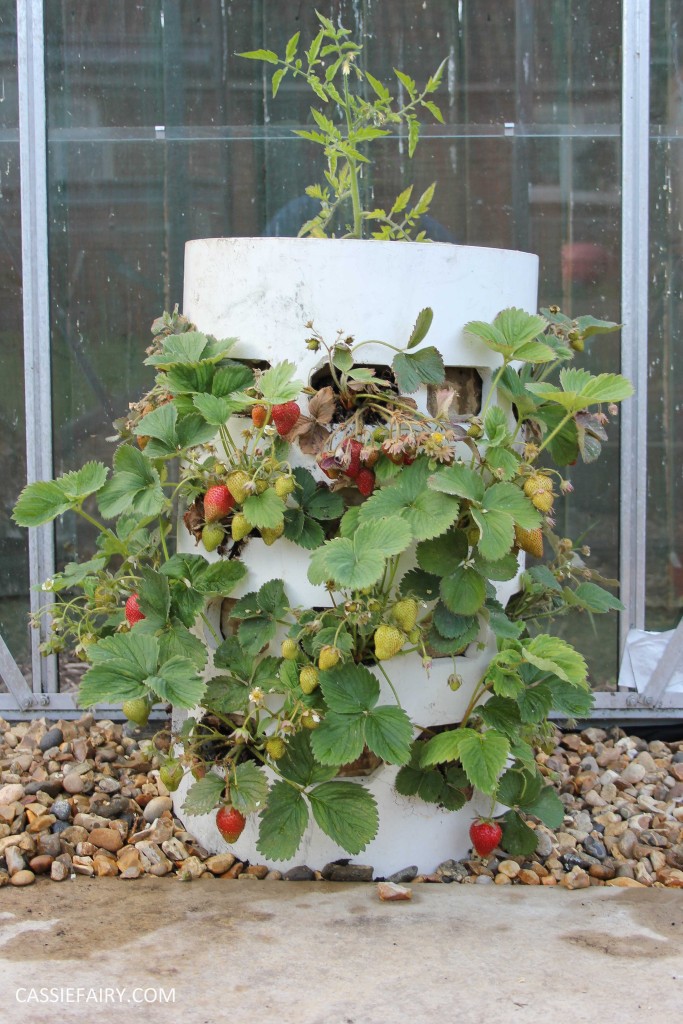
What do you think about these problems with the 21st century garden, and the solutions that Sutton’s has suggested? I think that growing your own fruit and veg to save on kitchen cupboard space is a fantastic idea, and something I hadn’t really considered when I was planning out my own veggie plot. But it certainly makes a lot of sense! Let me know what plans you have for your own garden in the future or whether you’ve become an ‘indoor cultivator’ in recent years by leaving a comment below.
This blog post is a guest post advertisement feature. The pink links in this post indicate a sponsored link 🙂
















